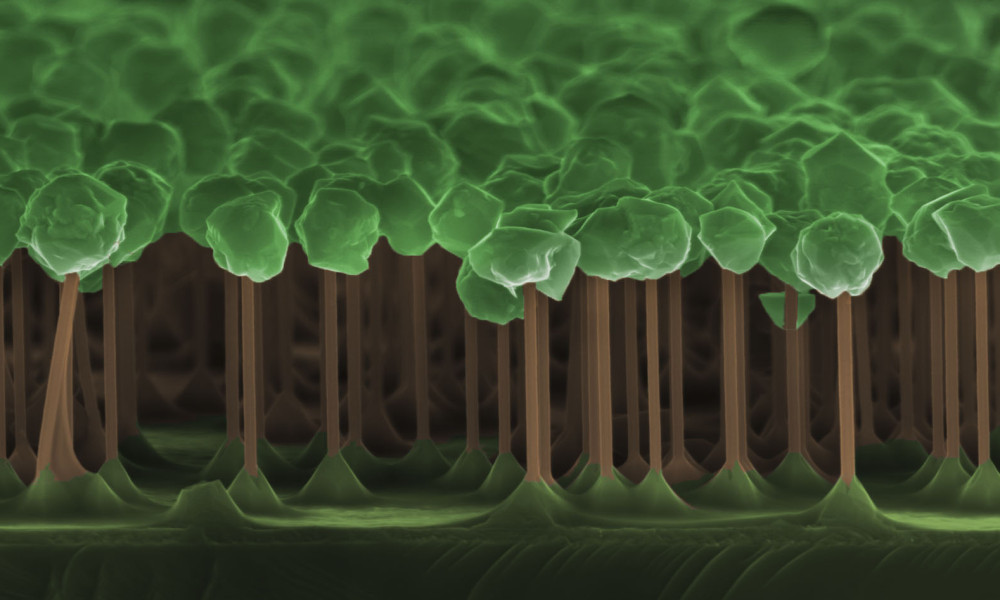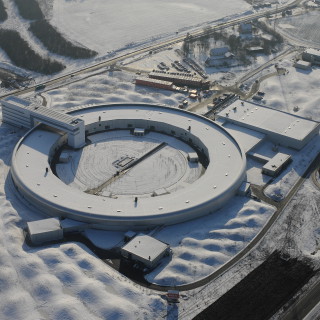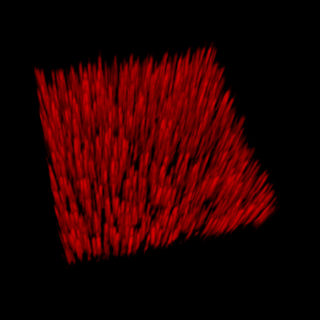Small things matter
Few universities in the world can measure up to Lund when it comes to research on semiconductor nanowires. Nanotechnology is a strong field of research with major potential, and Lund is at the forefront.
Materials on a very small scale can develop entirely new properties. Nanotechnology is about taking advantage of these new properties by controlling material production right down to atomic level. Nanotechnology is a very broad field and encompasses physics, electronics, chemistry, biology and medicine.
The nanowires that are manufactured in Lund are incredibly small semiconductor structures with many possible areas of application. Researchers from many different fields work together to use the nanowires to answer some of the major challenges facing society, such as health care and safe, clean and efficient energy.
Energy
One of the major challenges of our time is replacing fossil fuels such as oil, coal and gas with renewable energy sources such as solar and wind power.
With new types of nanostructure, we can find sustainable solutions for the use of solar energy and waste heat and lighting, and solve global energy problems. The invisible semiconductor wires play a crucial role in future production of LEDs, batteries and solar cells.
Using nanowire solar cells, more energy can be extracted from less material, and researchers at the Nanometre Structure Consortium have come a long way in fabricating nanowires that can be mass-produced cheaply and efficiently. Nanowires can also be used to make more efficient LEDs that save energy and produce better light than those currently available.
Health
Nanowire-based technology could provide a boost to biomedical research. By using nanowires as small electrodes, it is possible to improve treatment of Parkinson’s disease and epilepsy. They can also be used in basic cell research in order to obtain a better understanding of the mechanisms behind diabetes and cancer.
Another area of application is medical diagnosis, where a sorting device made of nanowires on a chip can provide a quick and accurate diagnosis in the field and therefore improve survival. In addition, there are plans to use nanowires to purify drinking water using UV light in a process that could be powered by solar cells.
Safety
Natural nanomaterials have existed from time immemorial and we are surrounded by them in our daily lives. Manufactured nanomaterials are found in many everyday products and their use is expected to increase. This has to happen in a way that is safe and sustainable. Knowledge about human and environmental exposure to nanomaterials requires more research, and Lund researchers are contributing their expertise to this field.
The researchers measure exposure levels in workplaces where the new materials are manufactured and processed, take part in EU projects to draw up shared standards for measuring nanomaterials, and act as a sounding board for public authorities on nano-safety issues. The aim is to generate new knowledge that can lead to safe utilisation of nanotechnology.
Text: Line Lundfald och Bodil Malmström
Facts
-
NanoLund
-
- Nano research at Lund University is conducted at the NanoLund
- Founded in 1988
- Over 200 researchers affiliated with the centre
- Involves researchers from the faculties of Engineering, Science and Medicine
- Collaboration with around 35 businesses
-
How small is nano?
-
A nanometre (nm) is one billionth of a metre = 0.000 000 001 m. A strand of hair is 80 000 nanometres thick and a red blood cell is 7 000 nanometres in diameter.
In nanomaterials, at least one dimension of the material is less than 100 nm.






